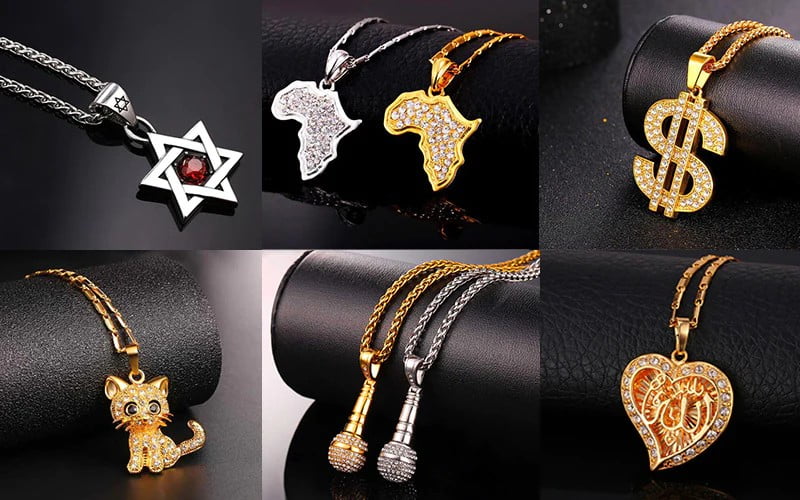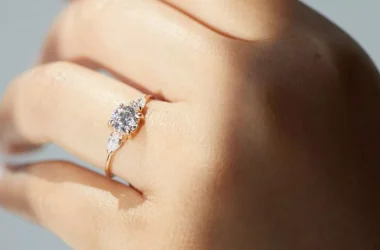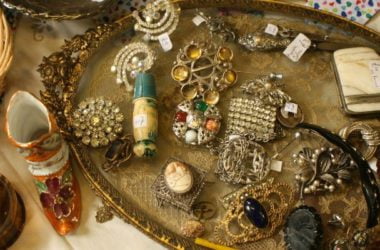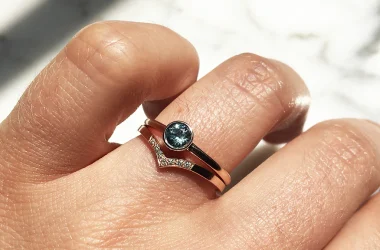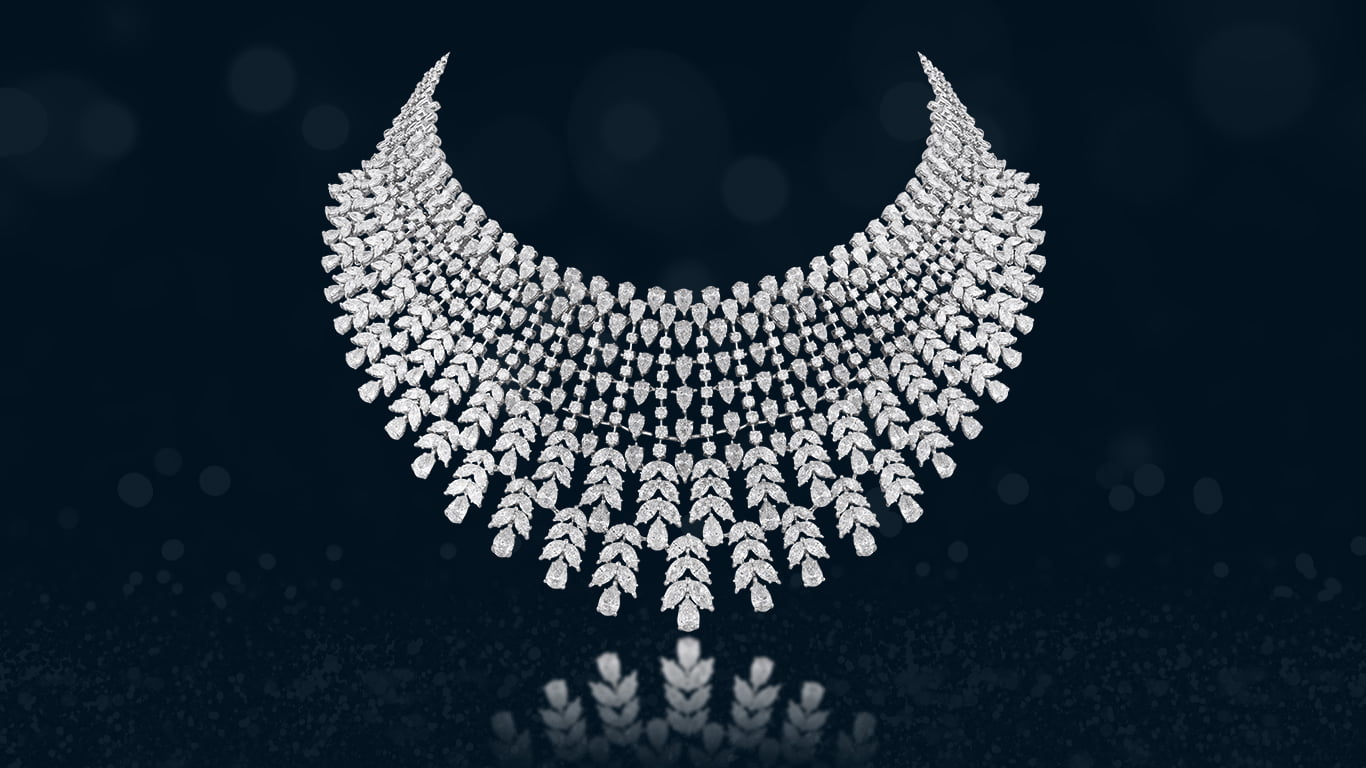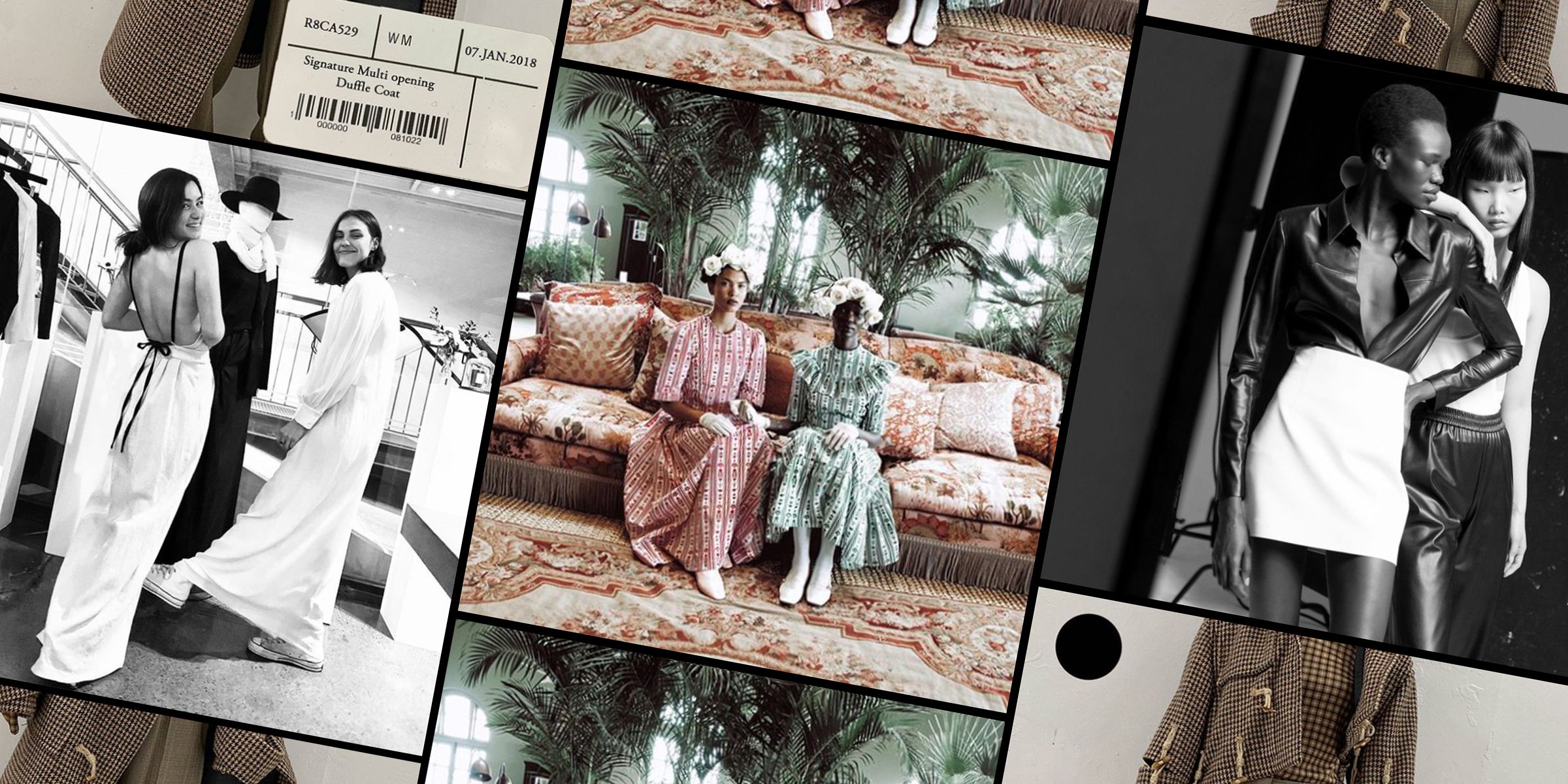A Deeper Understanding of the World of Rhinestone Jewelry
Charming in their radiance and sometimes quirky in their design, antique rhinestone jewelry has stood the test of time. If you like to shop at secondhand shops, antique malls, or flea markets, it helps to have a general sense of what kinds of products are high quality and in demand. A great piece of rhinestone jewelry will exhibit certain qualities. Its low price is an indication that it’s worth looking into more.
Learning to Recognize Old Rhinestone Jewelry
The middle class could now afford to adorn themselves with glistening necklaces, bracelets, and earrings because to the rising popularity of rhinestone jewelry in the second part of the nineteenth century. While not all women can afford to adorn themselves with diamonds, they still have an alternative to show off. In the 1920s, rhinestone costume jewelry was very popular due to its wide availability in a wide variety of colours and styles. These beautiful artifacts were offered at affordable prices. It’s possible to find them in excellent, still-wearable condition at places like thrift stores, niche boutiques, yard sales, and flea markets today. Knowing how to tell whether something is genuine and how old it is may be quite useful.
Can You Tell If It’s Real Rhinestone?
Late in the nineteenth century, Daniel Swarovski began mass-producing rhinestones. Hand-cut crystals with silver foil backings were the first rhinestones. Swarovski began creating machine-cut crystals in the 1890s, but the company’s renowned quality remained unchanged. Originally, manufacturers only offered clear stones for rhinestones, but they soon expanded their offerings to include a rainbow of colours and a wide range of cut options. In order to tell whether a rhinestone is of good quality, look for the following characteristics:
- All of the facets are perfectly round and evenly spaced apart.
- There are no visible faults or bubbles in the crystal or glass.
- There are no undulations or sharp edges, only clean, flat surfaces.
- It’s clear that a lot of care and thought went into where the foil backing would go, since its placement is anything not coincidental.
- An old brooch made of blue and white rhinestones fashioned into a circle.
Many Distinct Types of Retro Jewelry Set with Shiny Stones
The following are only a few examples of the various possible rhinestone forms found in antique jewelry:
Examples of this include brooches and pins.
- Bracelets
- Necklaces
- Rings Earrings
- Accessories such as tiara buckles and crown jewels
- A variety of rhinestones and other gems set into antique jewelry.
Is It True That This Item Is Vintage?
Since Vintage rhinestone jewelry has been in style for over a century, it might be difficult to tell the difference between a genuine antique and a modern knockoff. To be deemed antique, jewelry must be at least twenty years old. A rhinestone-adorned piece is not a modern take on this classic look if it lacks the following qualities.
Conclusion
This item is not manufactured from plastic. Older rhinestones are made of glass or crystal rather than plastic. If it does not make a dull thud when tapped on a hard surface, it probably isn’t very old. One can’t help but be transported back in time. The atmosphere of the scene should be warm and inviting, not like something thrown up quickly in a factory.


